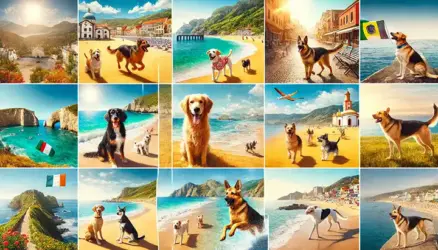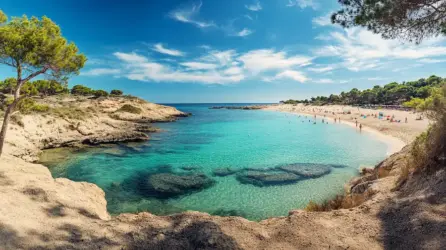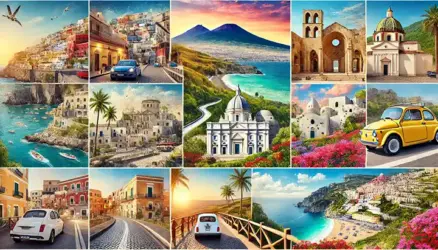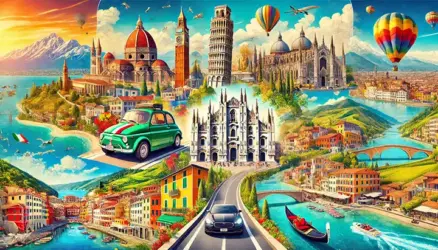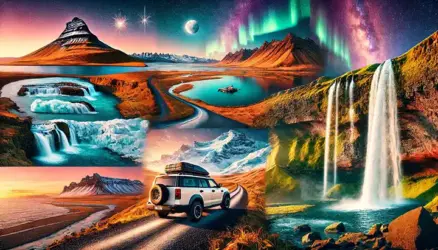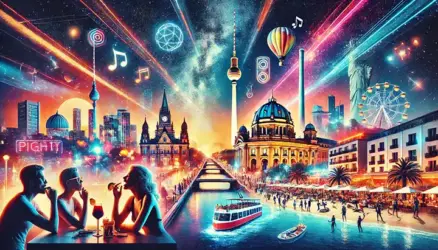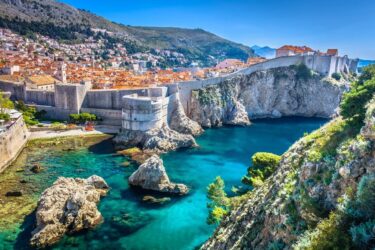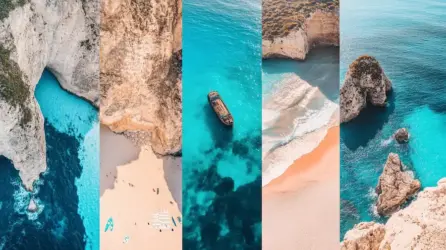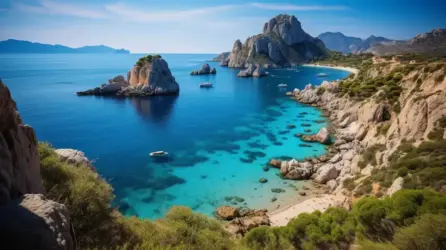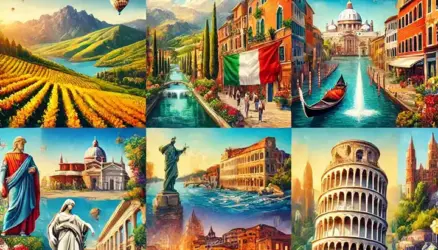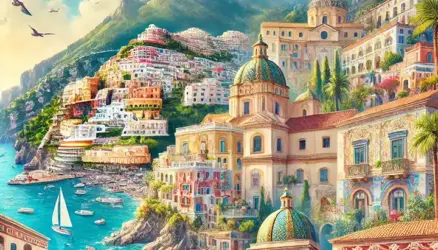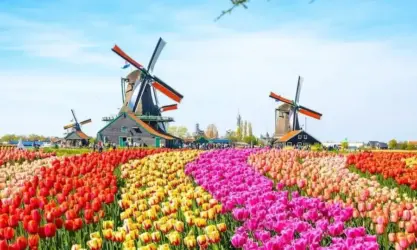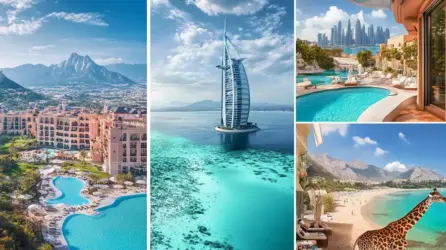The Best Things to See and Do in Each Region of Italy
Italy is a country of diverse landscapes, rich history, and vibrant culture, with each of its 20 regions offering something unique to visitors. From sun-soaked coastlines to ancient ruins, medieval villages to sprawling vineyards, here is a detailed guide on what makes each region of Italy special, and the best things to do in each one.
1. Abruzzo
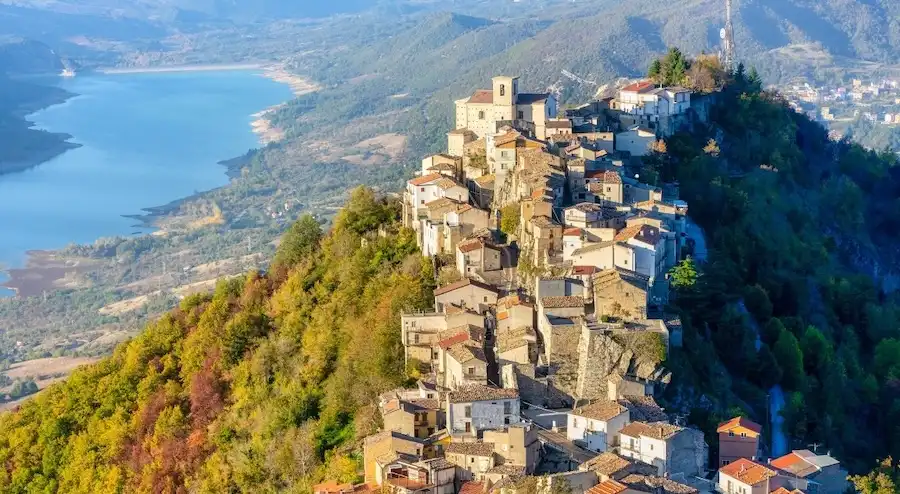
Located in central Italy, Abruzzo is known for its rugged mountains and unspoiled landscapes. This region is a paradise for outdoor lovers, with Gran Sasso National Park offering some of the best hiking in Italy. You can also explore charming medieval towns like L’Aquila and the coastal town of Pescara, known for its sandy beaches.
- What to do: Hike the Corno Grande, the highest peak in the Apennines, or relax on the beaches of the Adriatic Sea.
2. Aosta Valley (Valle d’Aosta)
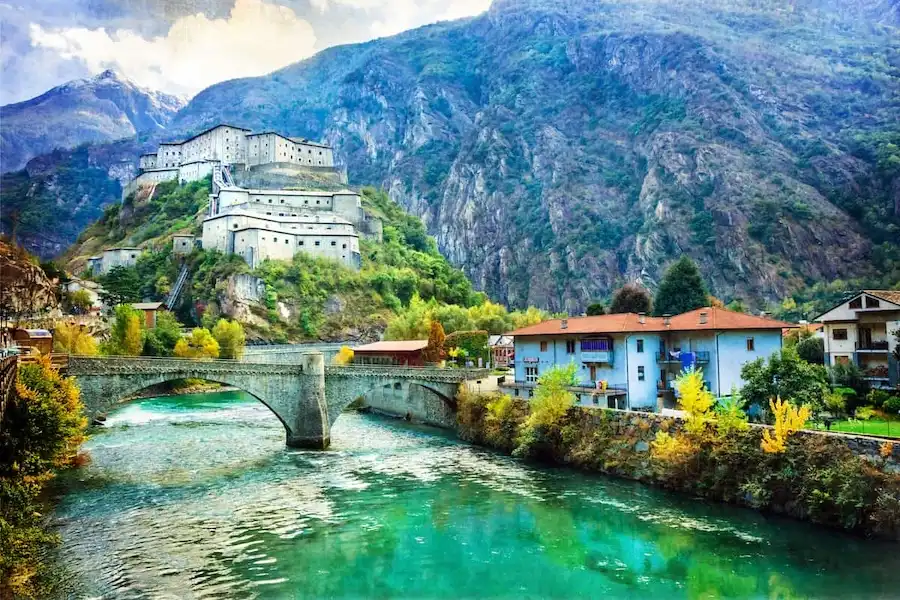
The Aosta Valley is Italy’s smallest region, nestled in the Alps. Known for its stunning mountain scenery, it’s a top destination for skiing and hiking. The region is home to iconic peaks such as Mont Blanc and Matterhorn, and ancient castles dot the landscape.
- What to do: Visit Gran Paradiso National Park for wildlife viewing, explore the medieval Fénis Castle, and enjoy skiing in Courmayeur.
Plan your trip to Aosta Valley
3. Apulia (Puglia)
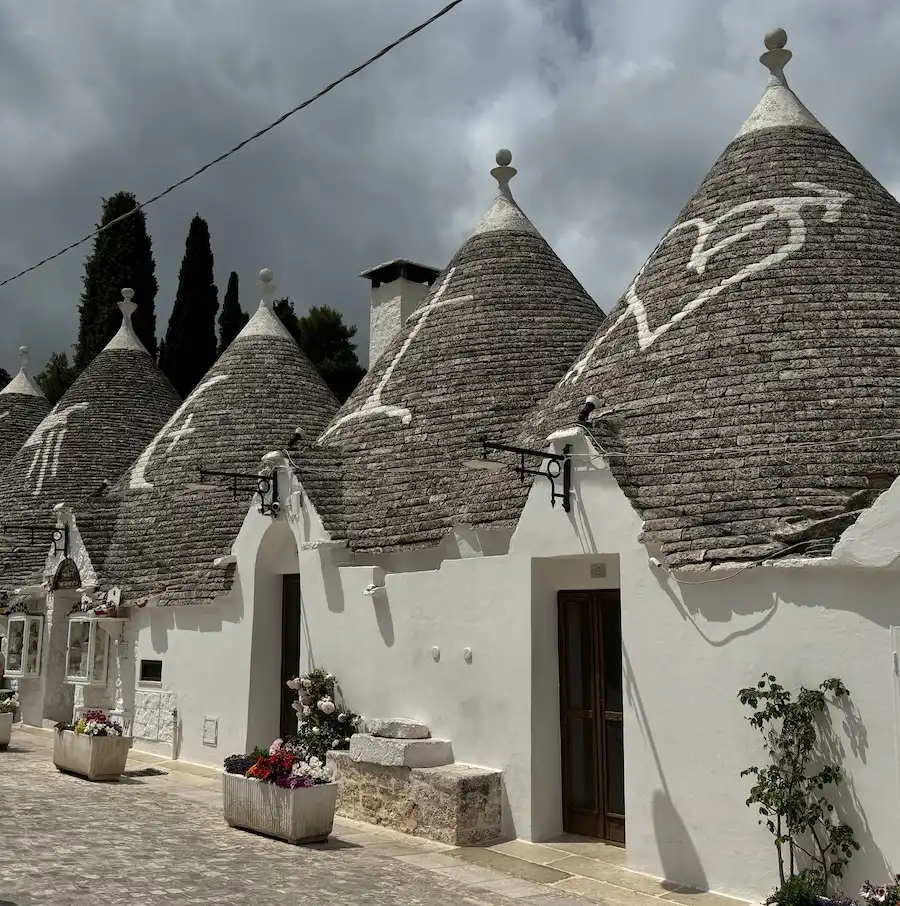
Located in the heel of Italy’s boot, Apulia is known for its Baroque architecture, olive groves, and some of the country’s best beaches. The region is famous for its unique trulli houses in Alberobello and the stunning coastline around Polignano a Mare.
- What to do: Explore the UNESCO World Heritage town of Alberobello, swim in the crystal-clear waters of Gallipoli, and visit the ancient city of Lecce, known as the “Florence of the South.”
4. Basilicata
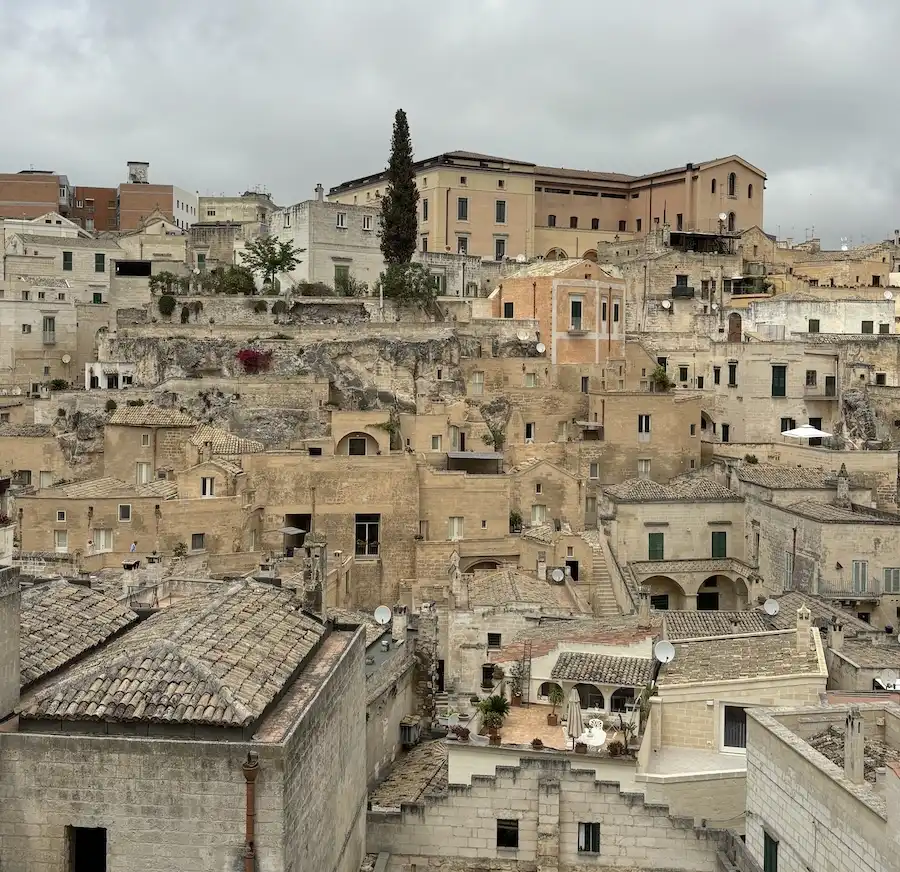
This lesser-known region in southern Italy is famous for the ancient cave city of Matera, a UNESCO World Heritage site. The region’s rugged mountains and untouched countryside offer solitude and adventure.
- What to do: Wander through the Sassi di Matera, a complex of ancient cave dwellings, and hike in the Pollino National Park, Italy’s largest national park.
5. Calabria
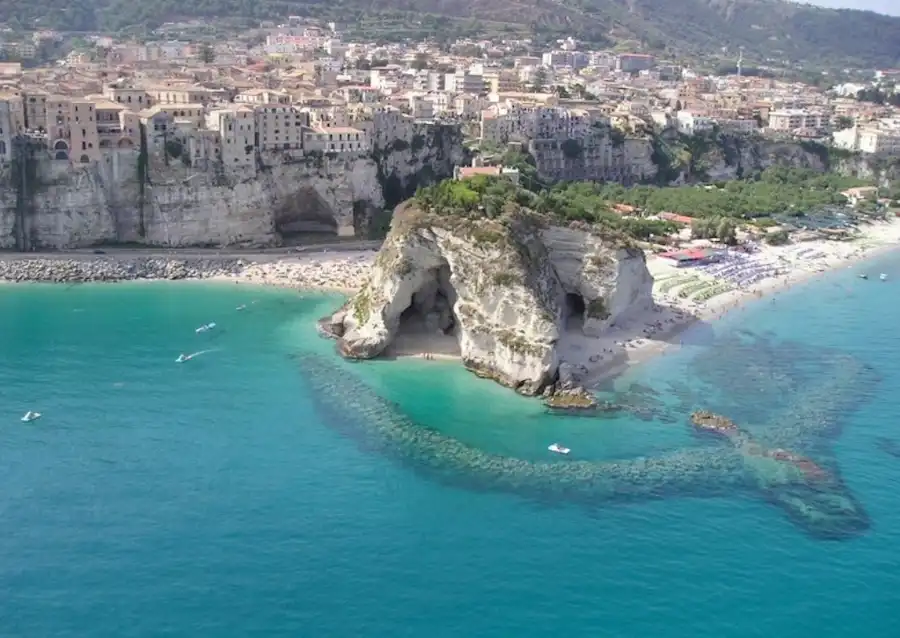
Located at the tip of Italy’s boot, Calabria is known for its rugged coastline and crystal-clear waters. The region is often overshadowed by its more famous neighbors, but it offers pristine beaches, historic villages, and a rich cultural heritage.
- What to do: Visit Tropea, one of Italy’s most beautiful coastal towns, and explore the ancient Greek ruins of Locri.
6. Campania
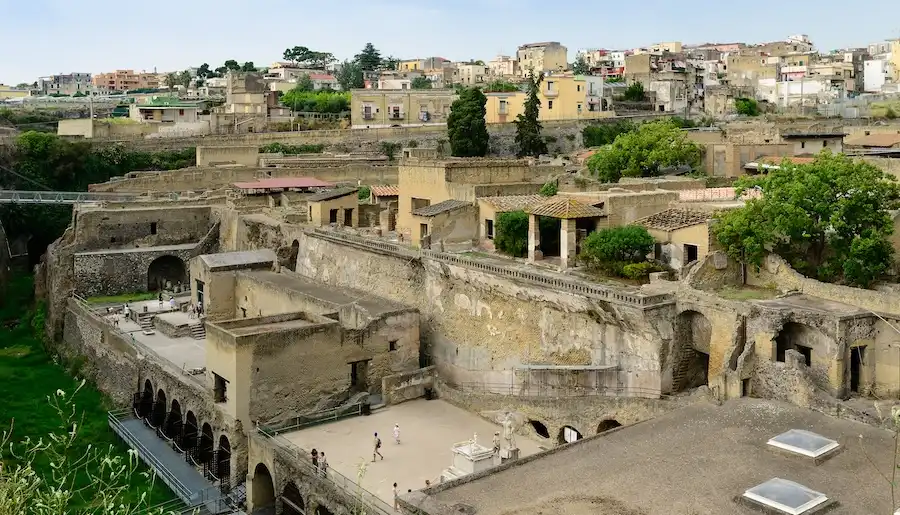
Home to the famous Amalfi Coast, Pompeii, and Naples, Campania is one of Italy’s most culturally and historically rich regions. The stunning coastal towns of Positano and Ravello attract visitors from around the world.
- What to do: Explore the ruins of Pompeii and Herculaneum, hike Mount Vesuvius, and drive along the Amalfi Coast, stopping in Sorrento for spectacular views.
7. Emilia-Romagna

Known as Italy’s food capital, Emilia-Romagna is the birthplace of parmesan cheese, prosciutto di Parma, and balsamic vinegar. The region also boasts vibrant cities such as Bologna and Ravenna, with its stunning Byzantine mosaics.
- What to do: Enjoy a food tour in Bologna, explore the mosaics of Ravenna, and relax on the beaches of the Adriatic coast.
Plan your trip to Emilia-Romagna
8. Friuli Venezia Giulia
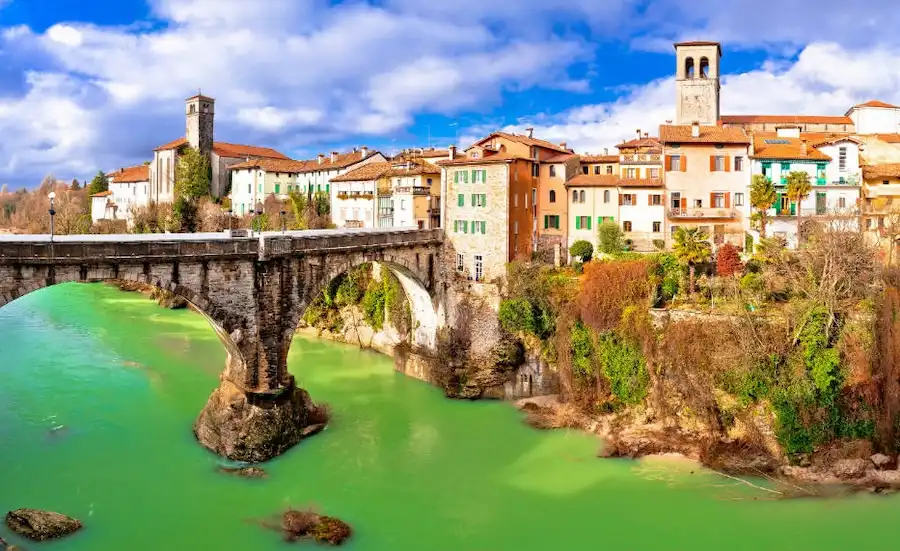
Located in northeastern Italy, Friuli Venezia Giulia offers a unique blend of Italian, Austrian, and Slavic cultures. The region is known for its alpine landscapes, vineyards, and the stunning coastal city of Trieste.
- What to do: Visit the charming town of Cividale del Friuli, explore the castles and caves in the Karst Plateau, and enjoy the cultural mix in Trieste.
Plan your trip to Friuli Venezia Giulia
9. Lazio

As the home of Rome, the capital of Italy, Lazio is one of the most visited regions in the world. While Rome dominates, the region also offers beautiful countryside, medieval towns, and the volcanic Lakes of Albano and Nemi.
- What to do: Explore the Colosseum, Vatican City, and Roman Forum in Rome, and take a day trip to Tivoli to see the Villa d’Este and Hadrian’s Villa.
10. Liguria
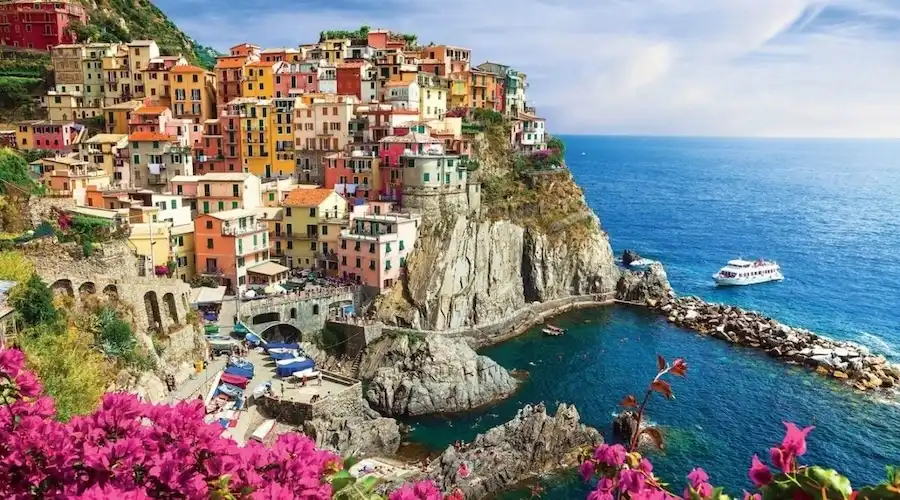
The Italian Riviera is found in Liguria, where colorful fishing villages such as the Cinque Terre cling to the cliffs. The region is also known for Genoa, Italy’s largest port city, and the elegant resort town of Portofino.
- What to do: Hike between the five villages of the Cinque Terre, enjoy seafood in Genoa, and relax in the chic seaside town of Portofino.
11. Lombardy
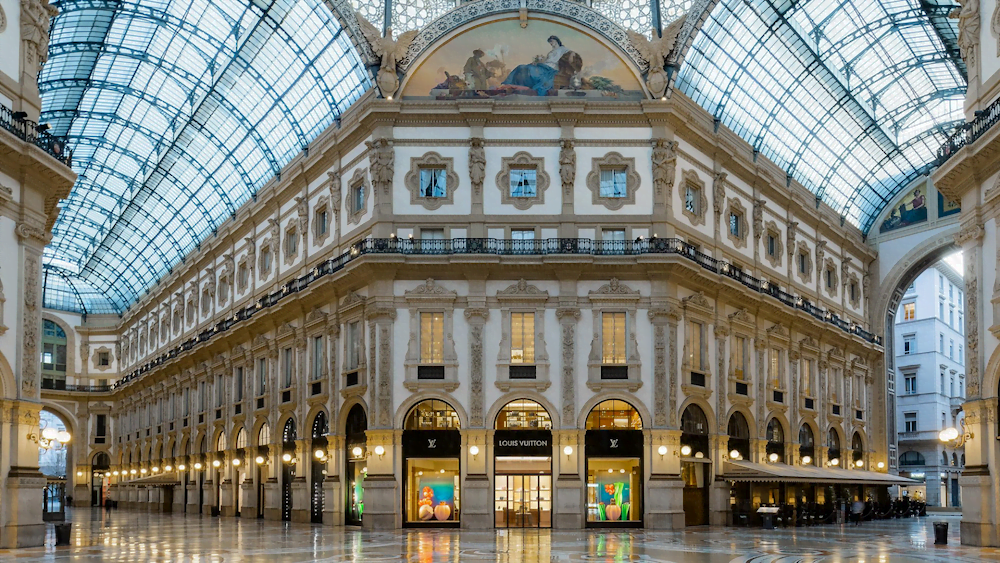
Lombardy is a region of contrasts, home to both the fashion capital of Milan and the tranquil shores of Lake Como. The region offers some of Italy’s most upscale travel experiences, from designer shopping in Milan to luxury villas on the lakes.
- What to do: Shop at Galleria Vittorio Emanuele II in Milan, explore Lake Como by boat, and visit the charming towns of Bellagio and Varenna.
12. Marche
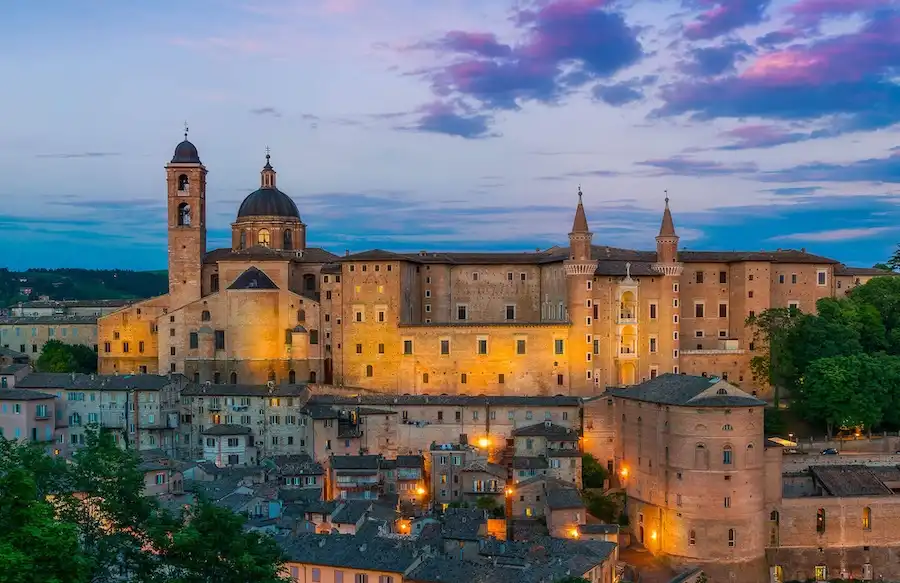
Often overlooked by tourists, Marche is a hidden gem with rolling hills, medieval villages, and a beautiful coastline. The region is perfect for those looking to experience authentic Italy without the crowds.
- What to do: Visit the historic town of Urbino, a UNESCO World Heritage site, and relax on the sandy beaches of the Conero Riviera.
13. Molise
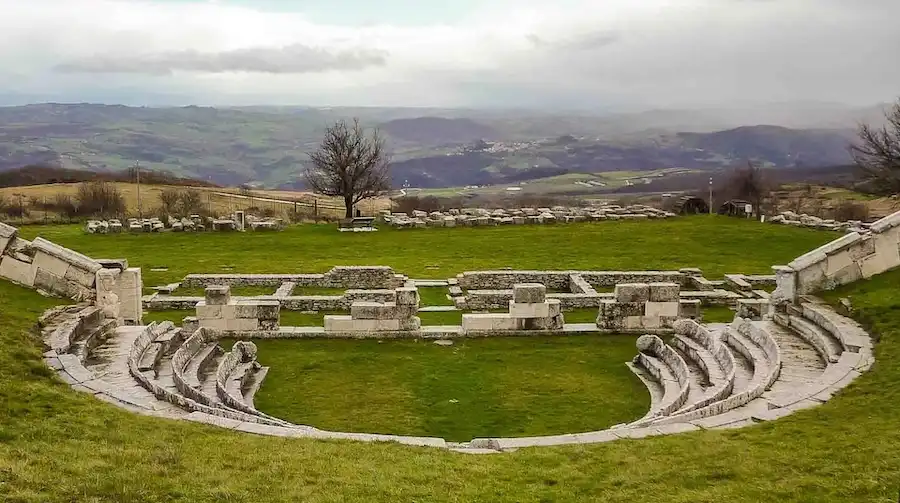
Molise is one of Italy’s least known regions, but it offers unspoiled nature, ancient ruins, and charming hilltop villages. It’s a region for those looking to get off the beaten path.
- What to do: Explore the ancient Samnite ruins of Pietrabbondante and enjoy hiking in the Matese Mountains.
14. Piedmont (Piemonte)

Nestled at the foot of the Alps, Piedmont is known for its world-class wines, including Barolo and Barbaresco, and the elegant city of Turin. The region’s alpine landscapes and charming vineyards offer the perfect escape for nature and wine lovers.
- What to do: Tour the wineries of the Langhe region, visit the Royal Palace of Turin, and explore Lake Maggiore.
15. Sardinia (Sardegna)

Sardinia is famous for its pristine beaches, crystal-clear waters, and unique traditions. The island’s rugged interior is home to ancient nuraghe structures and traditional villages.
- What to do: Relax on the beaches of the Costa Smeralda, visit the ancient Nuraghe of Su Nuraxi, and explore the coastal caves of Neptune’s Grotto.
16. Sicily (Sicilia)
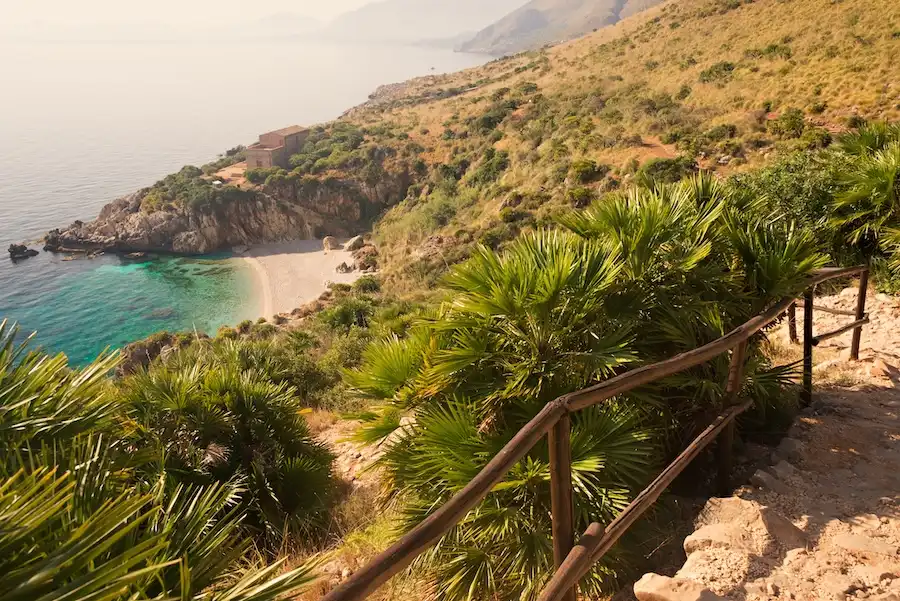
The largest island in the Mediterranean, Sicily is steeped in history and culture. From ancient Greek temples to Baroque cities, Sicily offers a wealth of things to see and do.
- What to do: Visit the Valley of the Temples in Agrigento, hike Mount Etna, and explore the vibrant markets of Palermo.
17. Trentino-South Tyrol (Trentino-Alto Adige)
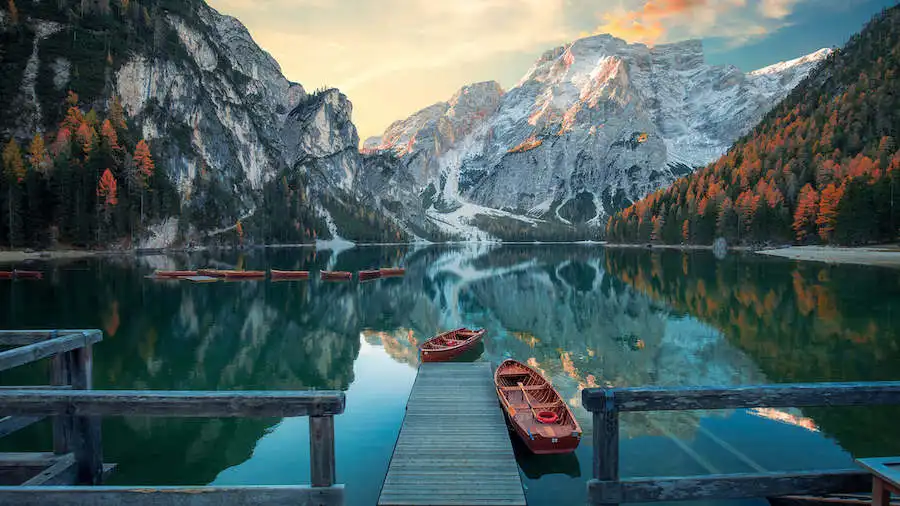
This alpine region in northern Italy offers some of the country’s best skiing, as well as stunning lakes and medieval castles. The region’s mix of Italian and Austrian influences makes it unique.
- What to do: Ski in the Dolomites, visit the medieval town of Bolzano, and explore the turquoise waters of Lake Braies.
Plan your trip to Trentino-South Tyrol
18. Tuscany (Toscana)
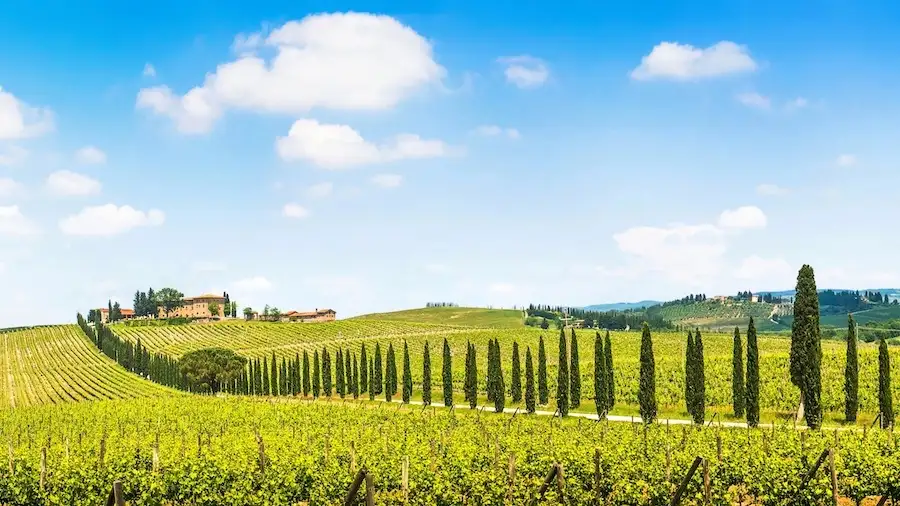
Tuscany is perhaps Italy’s most iconic region, known for its rolling hills, vineyards, and Renaissance cities. From Florence to the scenic Chianti region, Tuscany offers an unforgettable experience.
- What to do: Explore the art and architecture of Florence, visit the Leaning Tower of Pisa, and tour the wineries of Chianti.
19. Umbria
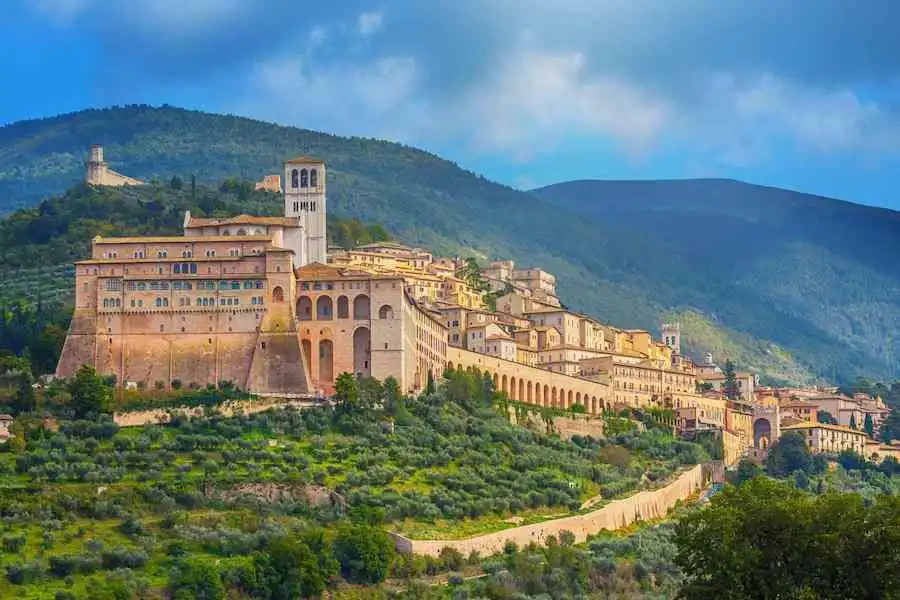
Often called the “Green Heart of Italy,” Umbria is a land of rolling hills, medieval towns, and delicious food. The region is known for its truffles, olive oil, and beautiful landscapes.
- What to do: Visit the hilltop town of Assisi, the birthplace of St. Francis, and enjoy the peaceful surroundings of Lake Trasimeno.
20. Veneto
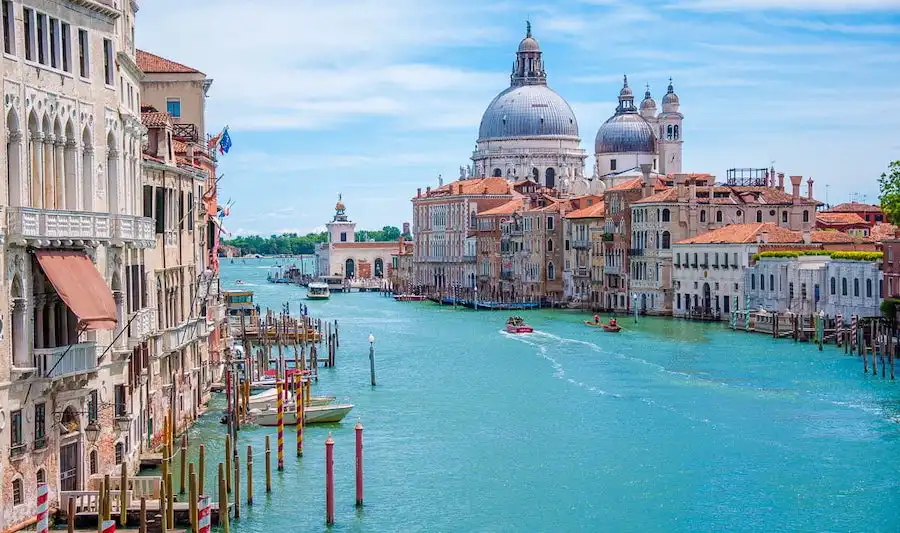
Famous for Venice, one of the most romantic cities in the world, Veneto is a region rich in culture, history, and natural beauty. In addition to Venice, the region is home to the stunning Dolomite Mountains and the wine-producing area of Valpolicella.
- What to do: Take a gondola ride through the canals of Venice, explore the art-filled city of Verona, and enjoy wine tasting in the Valpolicella vineyards.
Italy’s 20 regions offer a diverse range of landscapes, experiences, and cultures. From the sun-drenched beaches of Sicily to the rolling hills of Tuscany and the majestic Alps of Trentino-South Tyrol, Italy has something for every type of traveler. Whether you’re drawn to history, cuisine, nature, or art, each region provides its own unique flavor of Italian life, making it a country you can return to time and time again.

